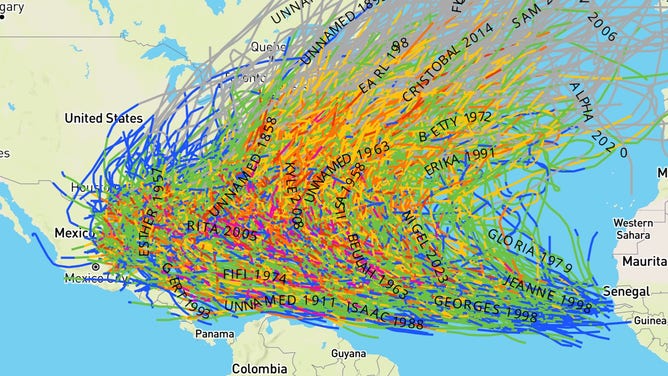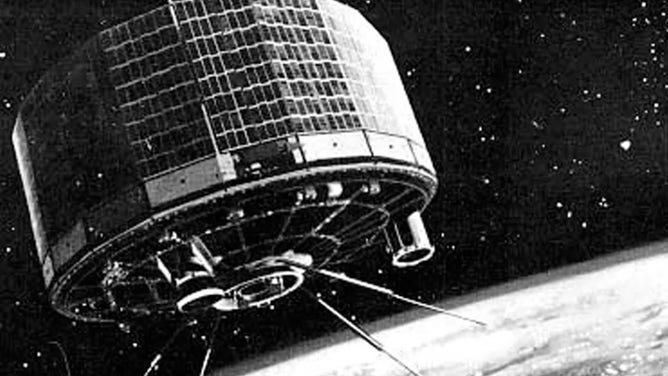Has there ever been a September without a tropical storm?
Since 1851, 732 cyclones have been tracked across the Atlantic, Caribbean and Gulf of Mexico in September. But have any of those years been blanked?
What is causing the quiet period during the 2024 Atlantic hurricane season?
Colorado State University Hurricane Specialist Phil Klotzbach and FOX Weather Hurricane Specialist Bryan Norcross discuss the ongoing quieter period for the 2024 Atlantic hurricane season. Hostile factors in the eastern Atlantic, including cooler waters near the coast of Africa, are helping suppress storm activity.
September is historically the peak of hurricane season, when there is the highest chance of tracking a cyclone across the Gulf of Mexico, Caribbean Sea and Atlantic Ocean, but some years turn out to be more active than others.
Since 1851, 732 cyclones have been tracked across the Atlantic, Caribbean and Gulf of Mexico in September.
But during those last 173 years of data, there has never been a season that has not had at least one cyclone traverse the Atlantic during the month of September.
The month usually features the warmest water temperatures of the year in the basin and upper-level shear is relatively modest when compared to other months of the season.
Despite the typically favorable conditions, there have been seasons when the atmosphere was not particularly conducive to tropical cyclone formation.
A FOX Weather analysis found nearly a dozen years in which there was only one tropical cyclone reported in September, the most recent of which occurred in 1939.
Other years include 1851, 1855, 1862, 1890, 1895, 1902, 1914, 1925 and 1930 – all of which occurred before the modern satellite era.
HURRICANE SEASON 2022: AUGUST FINISHES WITHOUT ANY NAMED STORMS FOR FIRST TIME IN DECADES

732 cyclones reported in the Atlantic basin during September
(NOAA)
The modern satellite era is recognized by forecasters as the period when data accuracy significantly improved, instead of the reliance on observer data.
The era in the Atlantic basin began in the 1960s with the launch of the first Television Infrared Observation Satellite or what is commonly referred to as TIROS-1.
TIROS-1 became the first operational weather satellite and led to a series of TIROS being launched in the 1960s, 1970s and 1980s.
Before the satellite era, forecasters admit it is entirely possible there were tropical depressions, tropical storms and hurricanes that never made it into the historical database, but without observations, the systems will never be counted.

The first Television Infrared Observation Satellite or what is commonly referred to as TIROS-1.
(NOAA)
WHERE TROPICAL STORMS AND HURRICANES TYPICALLY OCCUR DURING EACH MONTH OF ATLANTIC HURRICANE SEASON
The least active September in recent history was in 2014 when only two cyclones formed during what was a well-below average season in the tropics.
During the neutral-influenced year of the El Niño-Southern Oscillation, eight named storms, six hurricanes and two major hurricanes formed between June 1 and Nov. 30.
Tropical Storm Dolly formed on Sept. 1 and impacted Mexico and South Texas, while Hurricane Edouard developed in the central Atlantic and eventually moved harmlessly out to sea.
At the time, hurricane experts, including those at Colorado State University, expected the year to be relatively quiet, and the seasonal outlooks didn’t disappoint.
Six years later, during the 2020 season, the Atlantic basin experienced its busiest September ever with 10 named storms.
In all, 30 named storms formed during a seven-month period from May through November, with 14 cyclones becoming hurricanes and seven reaching major hurricane status.
